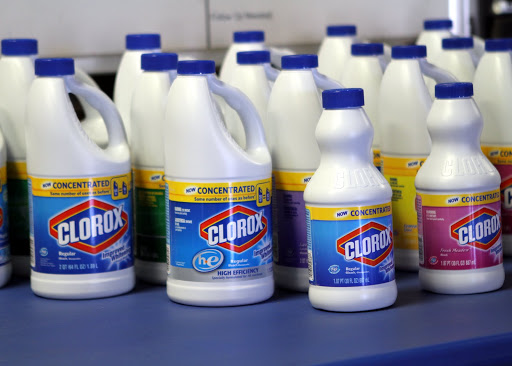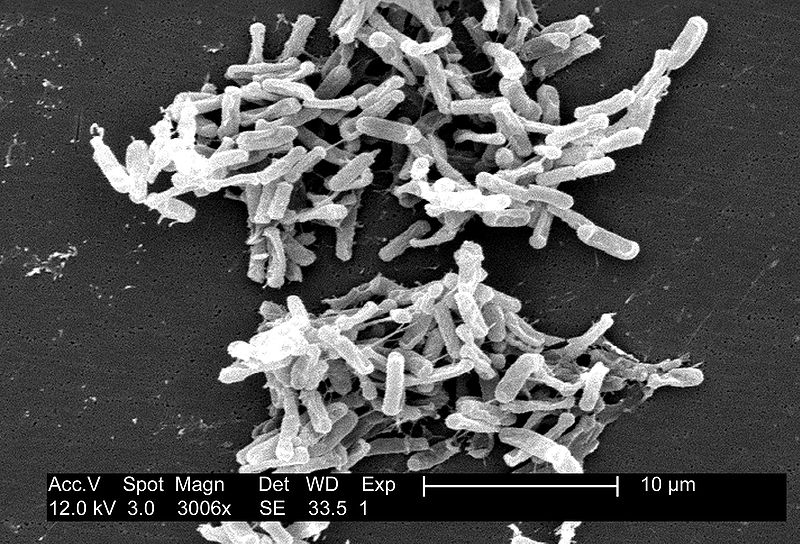Clostridium difficile (C. difficile) has become the most commonly hospital acquired infection in the US, and also occasionally causes infection in people in the community without any traditional risk factors. C. difficile infects the colon and causes inflammation called colitis. The symptoms are usually diarrhea, abdominal pain, fever, and sometimes nausea and vomiting.
C. difficile is treated with specific antibiotics (either flagyl, or vancomycin, or fidaxomycin) for 10-14 days. Despite treatment, many people get C. difficile again: either the original infection was only partially treated, or they get reinfected with the bacteria again. C. difficile is difficult to get rid of since it can form “spores” in the environment which can linger for a long time (several months) and are resistant to heat, acid, and antibiotics.
How can I reduce the risk of contracting C. difficile from visiting a loved one?
C. difficile is not easily killed by alcohol-based hand sanitizers (e.g., Purell). Therefore, the best way to prevent getting infected is still good old-fashioned hand washing with soap and water! This is mandatory after visiting and especially after touching someone who has C. difficile. Also, it is very important to follow hospital guidelines when visiting loved ones with C. difficile, and that means wearing gloves and usually a disposable gown. The goal is to limit your contact with their environment since C. difficile spores are all over surfaces and items in the patient’s room. These spores get on you, the visitor, and you bring them back to your car and house. They get on your hands and you ingest them when you eat! They probably get on the soles of your shoes too and then get dragged around the house when you get home. So be careful visiting, and pay special attention to hand washing and contact precautions!
If you are already taking antibiotics for an unrelated illness, just stay away from people with C. difficile! You are at the highest risk of catching the infection yourself. Similarly, if you are immunocompromised, on chemotherapy, or have small children, it’s probably best to just steer clear if you can.
How can I reduce the risk of my loved one getting re-infected once the treatment is completed?
If the infection developed while the patient was in the hospital already, then frequent hand washing with soap and water is probably all that is needed. If the infection developed at home, or if the patient had any contact with their home after becoming symptomatic but before being treated, then there are likely C. difficile spores in the home waiting to re-infect the patient again! Remember the spores can live on surfaces for months!
My suggestion is to clean all hard surfaces in the patient’s home with dilute bleach solution. This is best done before the patient is discharged from the hospital. Some hard surfaces that are high-risk for harboring C. difficile spores are:
• The bathroom: toilet, sink and shower, especially the handles/knobs. Cabinet handles and basically anything someone would touch while in the bathroom. The light switches on the wall should be wiped down. Make sure to wash all towels and bathmats in hot soapy water (or bleach if able) as well. It wouldn’t hurt to mop the bathroom floor as well!
• The bedroom: alarm clocks, dresser drawer knobs, closet door handles.
• The kitchen: sink, knobs and handles to everything, counter-tops, appliances.
• All doorknobs throughout the house.
• If the patient was in a car while symptomatic, consider also wiping down the steering wheel and gear shifter.
This list is not exhaustive, but it is a good start. Basically, you need to walk yourself through the infected person’s house and anything that would be touched regularly should be disinfected. Pre-packaged bleach wipes are good for this task as well. Happy cleaning!
References:
Martinez FJ, Leffler, DA, Kelly CP. Clostridium difficile outbreaks: prevention and treatment strategies. Risk Manag Healthc Policy 2012;5:55-64.
Sehulster LM, Chinn RYW, Arduino MJ, et al. Guidelines for environmental infection control in health-care facilities. Recommendations from CDC and the Healthcare Infection Control Practices Advisory Committee (HICPAC). Chicago IL; American Society for Healthcare Engineering/American Hospital Association; 2004.
Image via Adina Firestone
Did you find this article informative? Never miss a new post! Sign up for our free newsletter today!


Joanne Shipton
May 26, 2019 at 4:52 AM
Hi I’ve recently been hospitalised. With ruptured gallbladder. And infection went into my bowel. Was treated with antibiotics. And home now. With drainage bag. My.mum passed away 2 weeks ago. With c dif. All my family. Nursed her. They could be carriers. I haven’t had them visit me. As I’m worried about. Catching it. From them. They are expecting me to attend the funeral. But I. Am so concerned. Am I at risk. As I’m still recovering. Myself. Thankyou